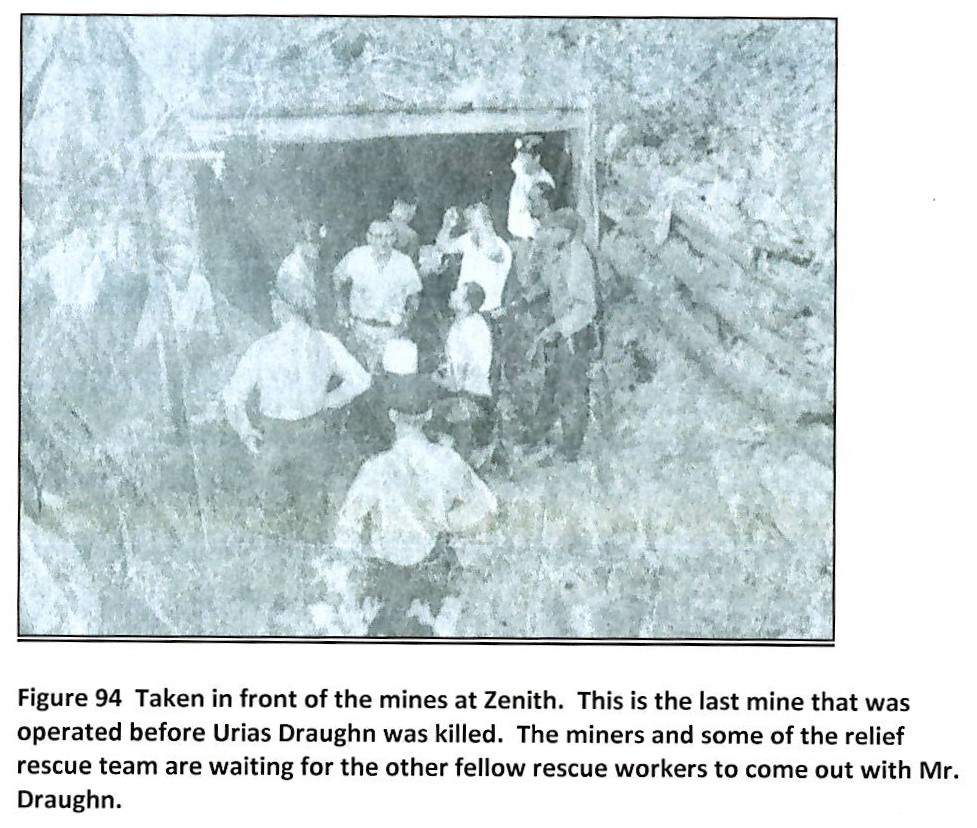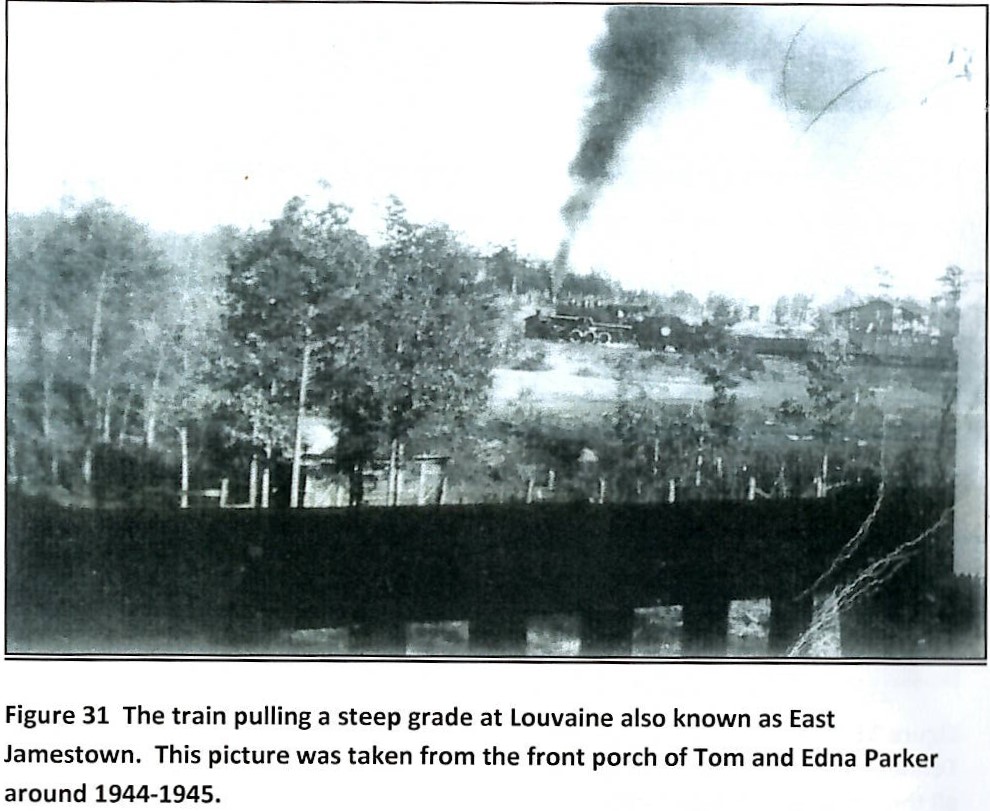Tennessee Memories by Harry Lane
/Harry Lane in the center with his brothers Larry and Emory
A couple of decades ago, a professor from Tennessee Tech named Harry Lane wrote a booklet of “Tennessee Memories.”
Mr. Lane was born in South Georgia and traveled throughout the United States and Europe; yet he loved the Tennessee mountains and I have really enjoyed reading about his affinity for our homeland. I hope you too will enjoy these writings as I share them over the next few weeks.
What is this place called Tennessee? By Harry Lane
Unedited introductory article of “Tennessee Memories”
Once upon a time, the Lord made a place that had a very pleasing variety of land-scapes, from mountains, hills, and valleys to plains and a plateau. He blessed this place not only with beautiful landforms, but also with a benign climate that is not excessively hot in the summer nor exceptionally cold in the winter. He blessed it with autumns and springs that are lovely enough to make angels sing and sinners smile. The “bottom lands” of the river valleys, the limestone lowlands between the eastern ridges, and the plains of the west, He made fertile and productive, and He cloaked the whole of it with verdant forests, cut by fresh, sparkling waters of innumerable streams.
This favored place stretched for hundreds of miles from the mountain in the east to a great river valley on the western border. The Lord peopled this land first with a stout-hearted population having reddish skins. These people named the eastern part of this territory – and the large river that crossed it – Tanasi. The people with white skins, who came much later form far across the eastern ocean, used this name to signify a larger region; the spelling became Tennessee, and so it remains today – Tennessee, sixteenth member of the United States, renowned and loved by Americans everywhere, but most of all by its own citizens.
Tennessee is called home today by some four million persons, but it is known to all Americans and many foreigners as the state that has produced folk heroes and famous historical figures such as Andrew Jackson, Sam Houston, James K. Polk, Andrew Johnson, Sam Davis, Cordell Hull, and Sergeant Alvin York. It is known as a state that retains much scenic splendor, for the volunteers who have fought with valor in many wars, and as the home of country music and walking horses.
Tennessee is renowned for the great mountains that cross it in its easternmost part – mountains shared with North Carolina – that are the highest in the eastern United States. It is known for the national park that is located in those Great Smoky Mountains – the largest and most-visited park east of the Mississippi River.
The state is famous internationally for the Tennessee Valley Authority, a giant socio-economic undertaking that has resulted in the harnessing of a great river system for multiple purposes: flood control, improved water transportation, power production and industrial growth, and recreational opportunities.
Tennessee’s name has been sung by millions of tongues across the U.S.A., for its name has been an integral part of a thousand songs, many of which have become internationally popular. This is partly due to Nashville’s prominence as the country music capital; more broadly, the city has become of the most important electronic-recording centers in America – producing a broad spectrum of recordings while focusing on country music.
Perhaps most of all, Tennessee’s name evokes from many millions of Americans “down home” thoughts and feelings – thoughts of grass-roots America, rich with valuable traditional and folklore, keeping still its scenic beauty and its contact with the past while belonging to modern America with its countless advantages and opportunities.
In short, Tennessee is a varied land, rich with scenery, human resources, history, and tradition. One of the best keys to the hold that the state places upon the minds of its people is that, although many leave the state, a great proportion of those who do so eventually return. Few can resist the call of the Volunteer State.



















